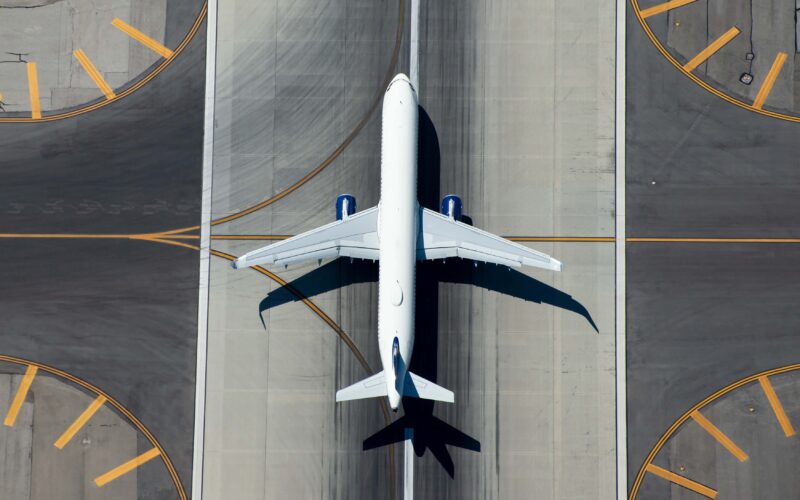Airbus releases a video, explaining water trough tests and detailing engine behavior and performance after water ingestion.
During aircraft takeoff and landing on a runway covered with water, a unique interaction between the landing gear tires and water on the runway creates a water spray. The spray raises the risk of engine damage through water ingestion.
Airbus has released an analysis video explaining what happens then. The planemaker explains water trough tests and details the effect of water spray created by nose wheels during ground roll which can affect engine behavior.
When or on a contaminated runway and depending on the level of , the water spray may enter the engine & affect its behaviour.
New planes go through water trough testing to assess the risks of water ingestion, primarily by the engines.
More in our #TechTuesday! #FlightTest pic.twitter.com/l5JHNYNEgE— Airbus (@Airbus) June 29, 2021
Apart from damage to the engines, water spray from all the aircraft wheels has the potential of damaging hydraulic pipes, electrical harnesses, and antennas, according to Airbus.
General water trough tests are conducted on the runway with manufactured pools that hold a minimum of 15mm of water and an average of 22.5mm. The tests simulate all possible operational conditions during takeoff and landing including crosswind effects and active reverse thrust.

